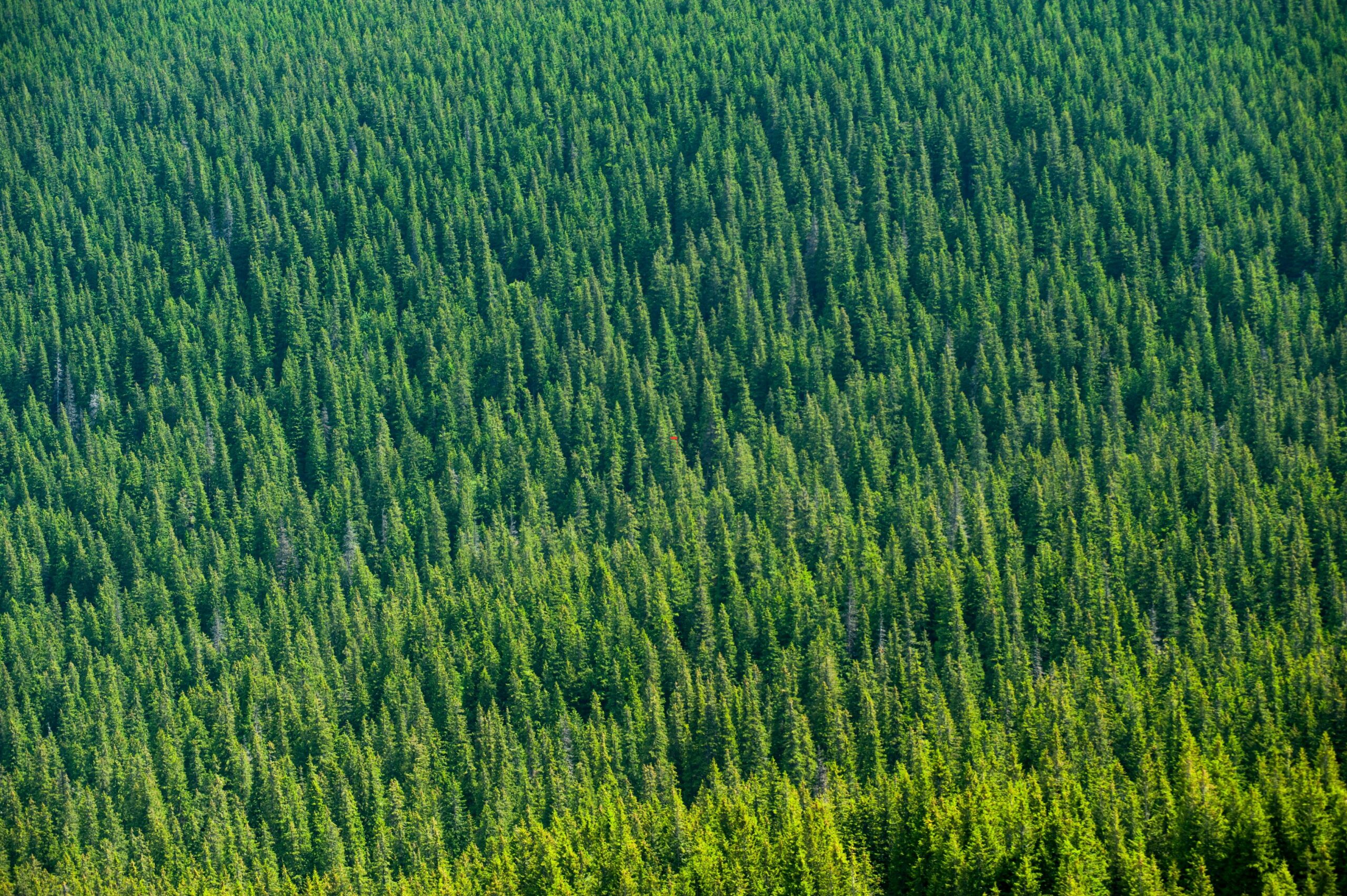By Natalie Douglas, March 2024
Land surface models are crucial to climate modelling. They act as a boundary condition, informing climate models of the exchanges of water, carbon and energy between the Earth’s surface and its atmosphere. Arguably the biggest problem to land surface modellers is the selection of parameter values required prior to running such models . Knowledge of the parameters is typically only within certain ranges and instruments cannot measure them directly.
The role of data assimilation
The implementation of data assimilation (DA) is increasing in land surface parameter estimation studies with the emergence of novel earth observation datasets and increased computational power. The 4DEnVar DA technique, first introduced by Liu et al. (2008), offers a practical, simple and computationally efficient method for calibrating land surface models. Specifically, the 4DEnVar method is a hybrid technique that estimates the traditional 4DVar cost function using observation trajectories generated from an ensemble from parameter space. It is particularly attractive in its speed and ease of use (performed separately from any model code) and in its avoidance of constructing adjoint code.
From toy to full model experiments
My current activities include extensive testing of the 4DEnVar technique with a toy carbon model. My research has shown that the method, with a careful selection of parameter ensemble members, is capable of accurately estimating the toy model parameters with increased certainty in an experiment following the OptIC project as presented by Trudinger et al. (2007) – see Figure.
I am now employing the 4DEnVar method to estimate the photosynthesis and stomatal conductance parameters in the Joint UK Land Environment Simulator (JULES) land surface model. The estimation is performed at multiple sites by assimilating observations of gross primary production, latent heat and sensible heat. This follows a recent study by Pinnington et al. (2020) who successfully implemented the 4DEnVar method (here called Lavendar) to estimate crop parameters in JULES. They used observations of leaf area index, canopy height and gross primary production at a single Nebraskan site. My current collaborations include model calibration for different land surface models such as STICS and using different datasets to estimate the parameters in JULES. The increasing attractiveness of 4DEnVar for parameter estimation in land surface studies is due to its advantages and ease of use.
References
Liu, C. and Xiao, Q. and Wang, B.: “An ensemble-based four-dimensional variational data assimilation scheme. Part I: Technical formation and preliminary test.”, Monthly Weather Review, 136, 3363-3373, (2008).
Pinnington, E., Quaife, T., Lawless, A., Williams, K., Arkebauer, T., and Scoby, D.: “The land variational ensemble data assimilation framework: Lavendar v1.0.0.”, Geoscientific Model Development, 9:55–69, (2020).
Trudinger, C. M., Raupach, M. R., Rayner, P. J., Kattge, J., Liu, Q., Pak, B. C., Reichstein, M., Renzullo, L., Richardson, A. E., Roxburgh, S. H., Styles, J. M., Wang, Y. P., Briggs, P. R., Barrett, D. J. and Nikolova, S.: “The OptIC project: an intercomparison of optimisation techniques for parameter estimation in terrestrial biogeochemical models”, Journal of Geophysical Research, 112, G02027, (2007).

